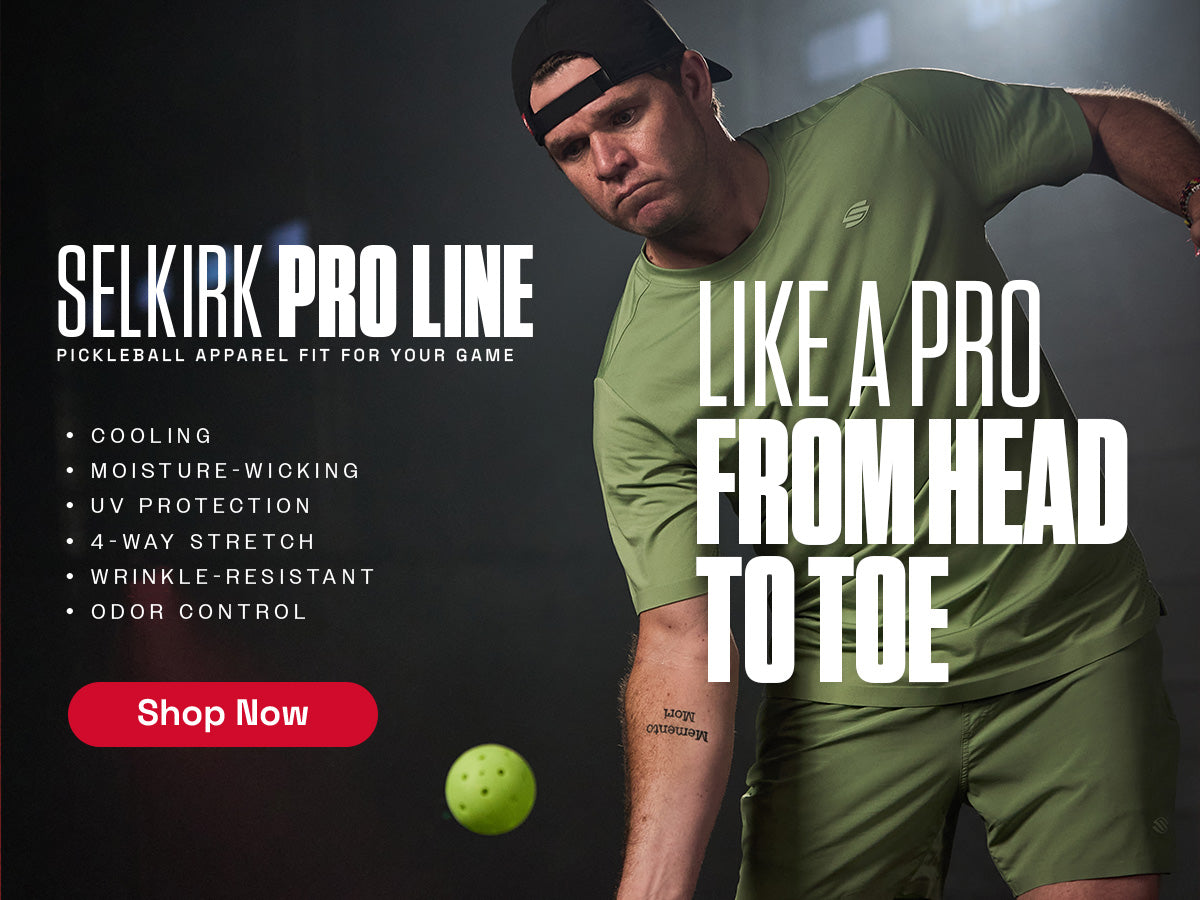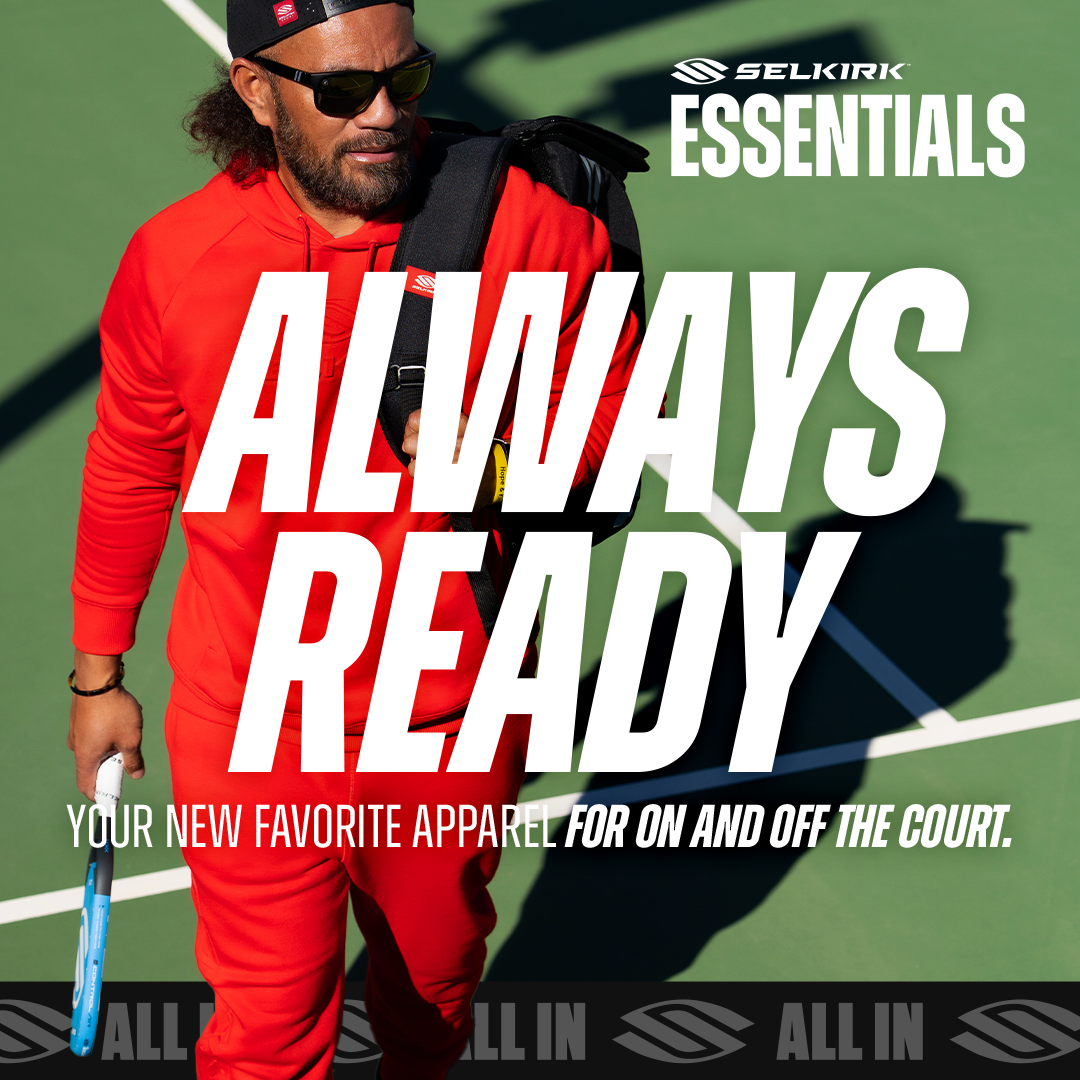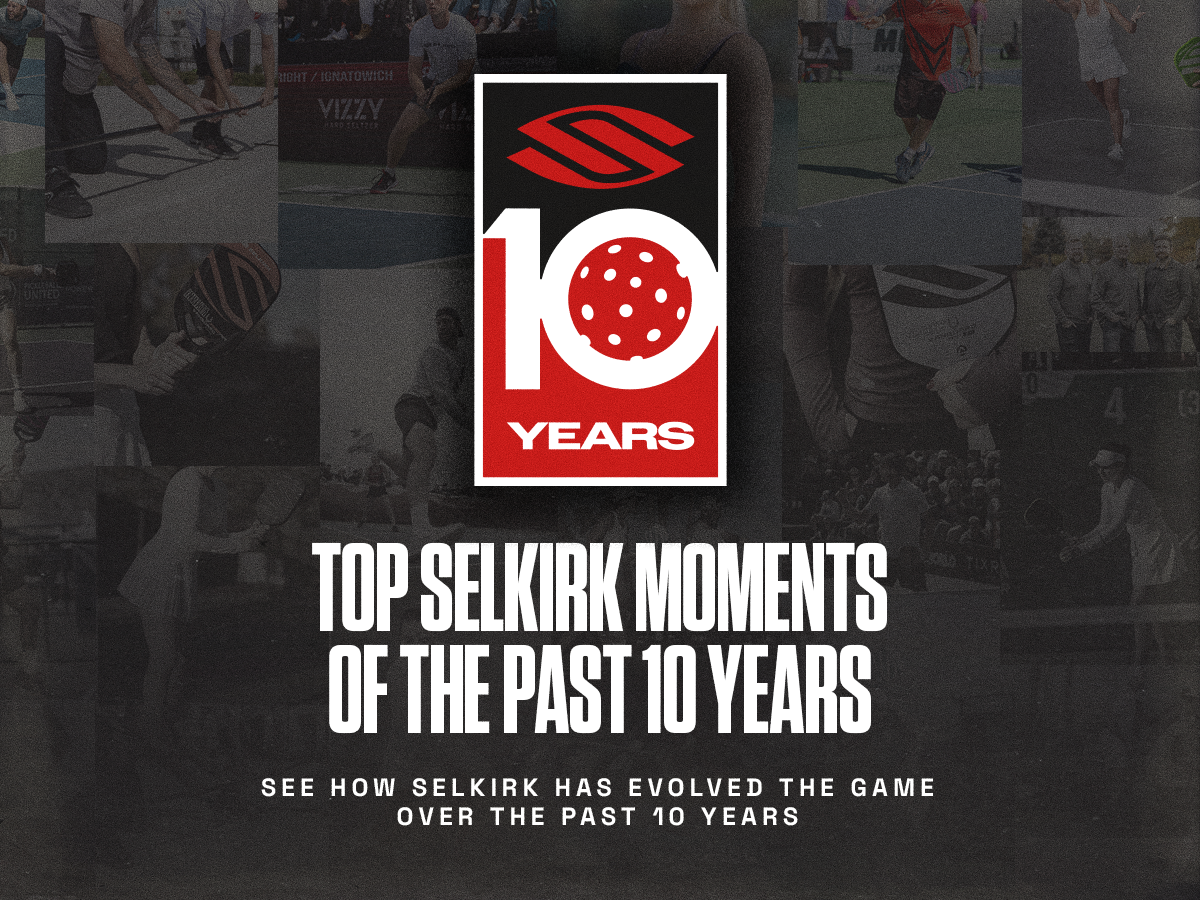In the newest episode, opens in a new tab of “10 Pickleball Rules for Beginners,” professional pickleball official Maddie Toren explains the rules to remember while at the non-volley zone, or kitchen.
All volleys, or contact with the ball made before it bounces, must be initiated outside the non-volley zone. If contact is made inside the non-volley zone before the ball bounces, it is considered a fault and a point is awarded to your opponent.
Here are a few things to consider when determining whether your volley is legal:
- Both feet must be outside of the volley zone — including the lines — while volleying.
- The act of volleying includes the swing, the follow-through, and the momentum of the action. So, you cannot enter the non-volley zone even after the ball has been returned to the other side of the net or becomes dead.
- It is considered a fault if the volleying player, or anything that has contact with the volleying player — such as a paddle, hat, eyewear, hair tie, etc. — while in the act of volleying, touches the non-volley zone.
- If a paddle touches the non-volley zone during the volley motion, before or after contacting the ball, it is a fault.
- There is no violation if a player volleys a ball while their partner stands in the non-volley zone. However, it is a fault if the volleying player’s momentum causes the player to contact anything that is touching the non-volley zone, including the volleying player’s partner.
You may enter the non-volley zone at any time, including before and after returning any ball that bounces. A player may stay inside the non-volley zone to return a ball that has bounced. There is no violation if a player does not exit the non-volley zone after hitting a ball that bounces.
However, to begin volleying the ball again, you must ensure that both feet have made contact with the playing surface completely outside the non-volley zone and its lines. Once both feet have been reestablished outside the non-volley zone, you are free to begin volleying.
For players using wheelchairs
For players using wheelchairs, similar non-volley rules apply. However, the front smaller wheels of the chair may touch the non-volley zone during a volley.
If the rear wheels of a wheelchair have touched the non-volley zone for any reason, the player using the wheelchair can not volley a return until both rear wheels have made contact with the playing surfaces outside of the non-volley zone.
Keep up with other videos
Follow the 10-video installment to learn all the rules and regulations every beginner must know before stepping onto the court. Check out the previous episodes below:
- Episode 1:, opens in a new tab The two types of legal pickleball serves
- Episode 2:, opens in a new tab Where to stand as the server and other service rules
- Episode 3:, opens in a new tab How to keep score in pickleball
- Episode 4:, opens in a new tab Understanding the two-bounce rule
Be sure to follow along for each new installment of the series. Download the Selkirk TV app HERE, opens in a new tab to watch other SelkirkTV original shows, podcasts, lesson series from the pros, and much more.
























































